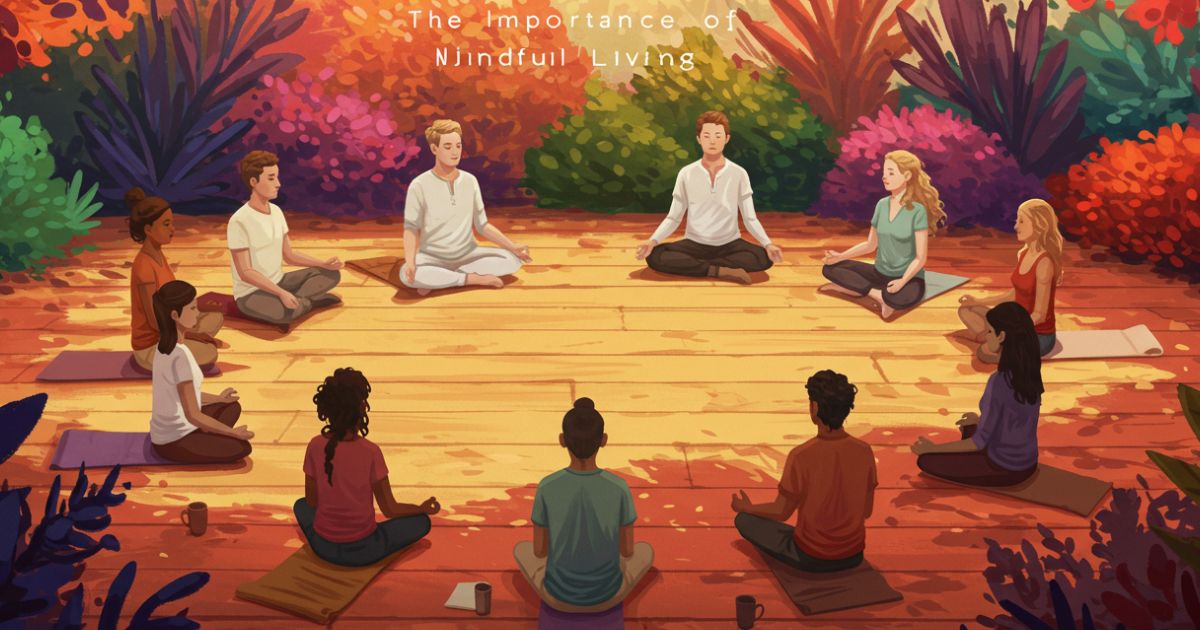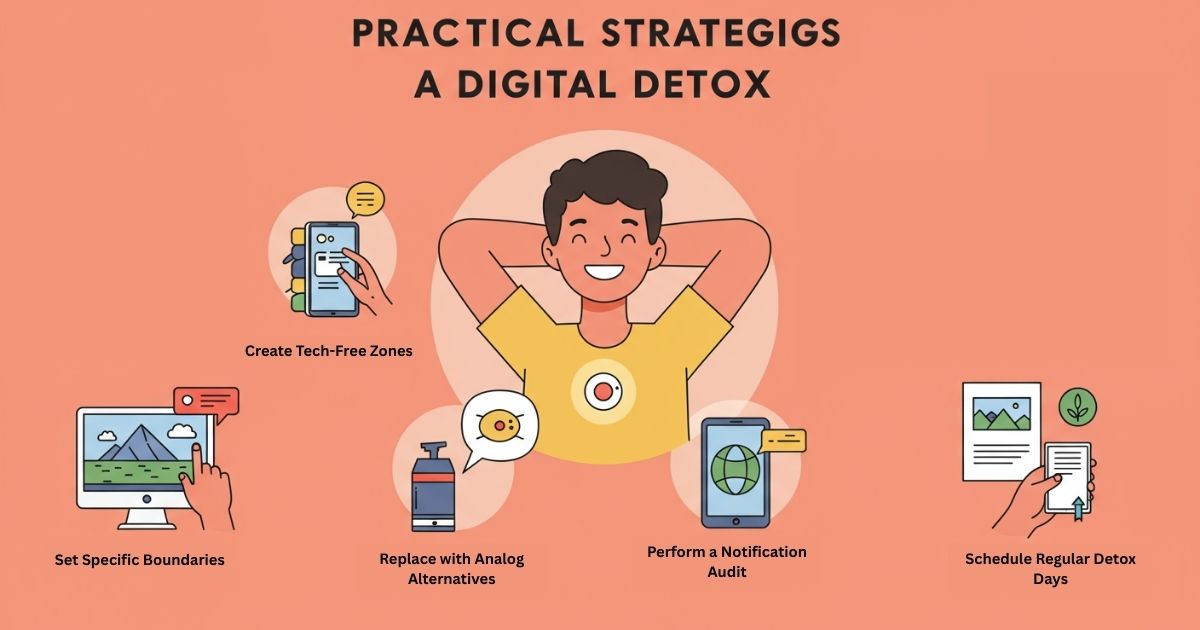In our constantly connected world, it’s easy to feel pulled in a hundred directions at once. Phones buzz, notifications pop up, and screens glow in every corner of our lives, leaving little room to breathe or be present. Hours spent scrolling through social media or checking messages can leave us anxious, drained, and disconnected from the people and experiences that truly matter. A mindful approach to Digital Detox—taking intentional breaks from technology, practicing screen-free time, and embracing mindfulness—can help restore balance, calm the mind, and bring us back to the simple, real-life moments we often overlook.
What Is a Digital Detox?
A digital detox involves intentionally stepping away from electronic devices—such as smartphones, tablets, laptops, and even televisions—for a specified period of time. It can be as short as a few hours each day or as long as several days or weeks. The goal is to reduce screen time, minimize distractions, and break habitual patterns of checking notifications. By doing so, you give your mind a chance to reset, lower stress levels, and improve focus. A successful digital detox is not about abandoning technology forever; it is about cultivating a healthy relationship with it and learning to use devices mindfully rather than compulsively.
The Importance of Mindful Living

Mindful living revolves around being fully present in each moment, observing your thoughts and feelings without judgment, and engaging with your surroundings intentionally. When combined with a digital detox, mindfulness helps you notice simple joys—a warm cup of tea, the sound of birdsong, the texture of a paperback book—instead of constantly chasing alerts and updates. Cultivating mindfulness has been shown to reduce stress, improve emotional regulation, and enhance overall well-being. By pairing a regular digital detox with mindful practices such as meditation, deep breathing, and body scanning, you can ground yourself in the here and now and experience life more richly.
Practical Strategies for a Digital Detox

- Set Specific Boundaries: Designate screen-free times, such as mealtimes or the first hour after waking. Use built-in tools or third-party apps to limit social media and gaming usage.
- Create Tech-Free Zones: Establish areas in your home—bedroom, dining room, or a cozy corner—where devices are off-limits. This helps reinforce a mental boundary between work or entertainment and relaxation.
- Replace with Analog Alternatives: Swap digital habits for offline activities: read a physical book instead of an e-reader, write in a journal, sketch or paint, and play board games with family or friends.
- Perform a Notification Audit: Turn off nonessential alerts. Silence email pings, social media updates, and news notifications. Check messages at set intervals instead of reacting instantly.
- Schedule Regular Detox Days: Dedicate one day each week—or a few hours on the weekend—to a full or partial digital detox. Use that time to explore nature, cook a new recipe, or pursue a hobby.
By integrating these strategies into your routine, you gradually reduce screen dependency and rewire your brain to seek fulfillment from real-world experiences rather than digital dopamine hits.
Embracing Enriching Offline Experiences
Once you create space away from screens, the possibilities for enriching adventures expand. Take daily walks or weekend hikes in a nearby park. Notice the changing seasons, observe wildlife, and feel the ground beneath your feet. Engage your senses fully—smell the pine trees, listen to rustling leaves, feel the breeze on your skin. If urban environments appeal to you, wander through a local farmers’ market, strike up a conversation with a vendor, and sample fresh produce. Joining a community class in pottery, dance, or cooking can build new skills and forge meaningful connections with like-minded people.
Creative hobbies like writing postcards to friends, crafting handmade gifts, or tending a small garden not only reduce screen time but also provide a deep sense of accomplishment. Volunteering for local organizations, attending book clubs, or hosting screen-free game nights fosters community and reminds us that shared laughter and collaboration are far more gratifying than solitary scrolling.
Building Sustainable Mindful Habits

To make digital detox and mindful living lasting, consider these habit-building techniques:
- Habit Stacking: Link a new mindful activity to an existing routine. For example, practice five minutes of deep breathing right after morning coffee or write three gratitude entries before bedtime.
- Use Visual Reminders: Place Post-it notes in key areas—above your desk or on the refrigerator—prompting you to take a mindful pause, stretch, or step outside for fresh air.
- Accountability Partnerships: Find a friend or family member who also wants to reduce screen time. Check in weekly to share successes, troubleshoot challenges, and celebrate milestones.
- Reflect and Adjust: Keep a simple log of how long you stayed offline each day and what activities you enjoyed. Review your log weekly and tweak your schedule or strategies to keep things fresh and engaging.
By consciously integrating these steps, digital detox and mindfulness become a natural part of your lifestyle rather than an occasional novelty.
Conclusion
In our hyperconnected world, taking time away from screens is not a luxury—it is essential for mental health, creativity, and authentic relationships. Combining a digital detox with mindful living empowers you to reclaim focus, reduce stress, and reengage with the sensory richness of daily life. Pairing this practice with Slow Travel allows you to move at your own pace, savor each experience, and immerse yourself fully in the culture and surroundings. Start small: set a one-hour screen-free window today, go for a walk, savor the moment, and notice how you feel. Over time, these simple acts accumulate into profound transformations, guiding you toward a more intentional, balanced, and joyful existence. Embrace the challenge, and rediscover the beauty of life beyond the screen.









